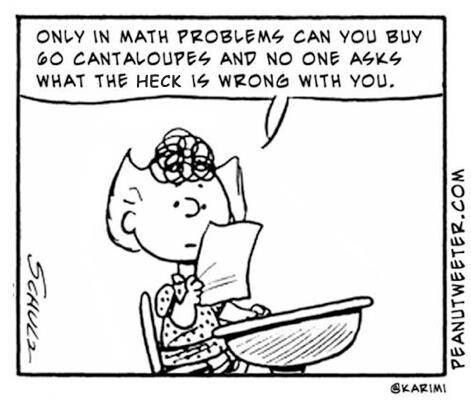Privilege and Oppression: Missing Content
- Matt Felton-Koestler
- Jan 31, 2018
- 4 min read
This post is part 1 of 3 in a series responding to three questions from some students who read my post on privilege and oppression in math ed. This post addresses the first question:
1. Are there examples in math (and science) of content/theories developed by non-whites that are not used in US curricula? Folks were specifically interested in high school level content.
I can think of three types of content that get left out of the school curriculum. (I’m going to focus on math because that’s what I know.)
Historical omissions. One example is the Pythagorean theorem (more upper-middle grades, I guess). It’s more that it’s incorrectly named and does not acknowledge the contributions of others. I mentioned this one in the previous blog post. A related example would be what we choose to study. For instance, there is a lot of math involved in the design of Islamic Geometric Patterns (related to tessellations and the symmetries of wallpaper patterns), but these aspects of mathematics are often left out of the curriculum. A third example might be some of the mathematics that is, at least implicit, in African art and design (book, TED talk). It’s not that these techniques are not known or ever explored by anyone. I’m sure many mathematicians know all the math involved in these areas. However, the way the mathematics is typically taught in school often (a) ignores the history altogether, (b) when it does bring in history does so in a superficial way, and (c) ignores some of these topics—they’re not a main focus of the curriculum.
Lost opportunities. There’s another kind of example, which, to be honest, is stretching my own knowledge and expertise. It can be found in a chapter by Pinxten in the book Ethnomathematics: Challenging Eurocentrism in Mathematics Education. It has been awhile since I read it, but if I recall correctly, he basically argues that the way many Native American cultures conceptualize space is different than Euclidean geometry. In Euclidean geometry (the geometry taught in high school) points are the fundamental elements—they create lines, which create angles, shapes, planes, and so forth. He says that in many Native American cultures volume is the fundamental element and he wonders what a rigorous geometry developed based on this perspective would look like. I take part of his argument to be that we don’t really know what we’re missing here because it hasn’t been valued and developed yet. This idea (of missing something because not all are welcome is brought up in one of Gutiérrez’s earlier pieces too).
Different perspectives. Finally there’s a third type of example that we might consider. I’m going to start with more of an elementary example because it’s a pretty famous one in the mathematics education literature. I got it from an article by Bill Tate. There was a school district with a test item that basically says:
It costs $1.50 each way to ride the bus between home and work. A weekly pass is $16. Which is the better deal, paying the daily fare or buying the weekly pass?
A lot of Black students were getting this problem wrong. The official answer the district was looking for is that it’s cheaper to pay $1.50 each way ($1.50/ride * 2 rides/day * 5 workdays/week = $15/week versus the $16 pass). But students, especially Black students, were thinking of things like working more than one job, using the pass on weekends, working more than five days a week, etc.
Mostly, this is just a terrible test-item, but I think it illustrates a tendency to treat math as closed-off to different perspectives and to real life. How often are math problems explicitly constructed around the daily realities of Black students’ lives? How often do we create problems where we not only allow, but actively invite students’ to shape or make assumptions about the problem in a way that reflects their life?
The mathematics curriculum as it is currently taught is largely decontextualized. Story problems may be used, but often in a very limited way where either (a) they have been pretty cleaned up and designed to lead students to a particular mathematical idea, or (b) the students have already been taught a mathematical technique and are expected to apply it to the problem at hand. Neither of these approaches invite students to bring their own perspectives to bear, which is exactly what would actually happen in the real real world.
Mathematical modeling—choosing real problems in the world and allowing students to do research and make simplifying assumptions to analyze and approach them mathematically is one area that would provide a rich opportunity for doing this. However, despite its usefulness and applicability outside the classroom (including in many professions) it receives relatively minimal attention in most classrooms.
This would be good for all students, but it would seem to be especially important for minoirtized students who often don’t see themselves, their lives, their concerns, or people who look like them represented in the curriculum or in high power positions in our society.
Previous in series: Privilege and Oppression Revisited
Next in series: What Do We Do?
Comment
Leave a comment below, reply to my Tweet, or comment on my Facebook post about this series.
Short Link for this Post: https://goo.gl/xEzwdd



Comments